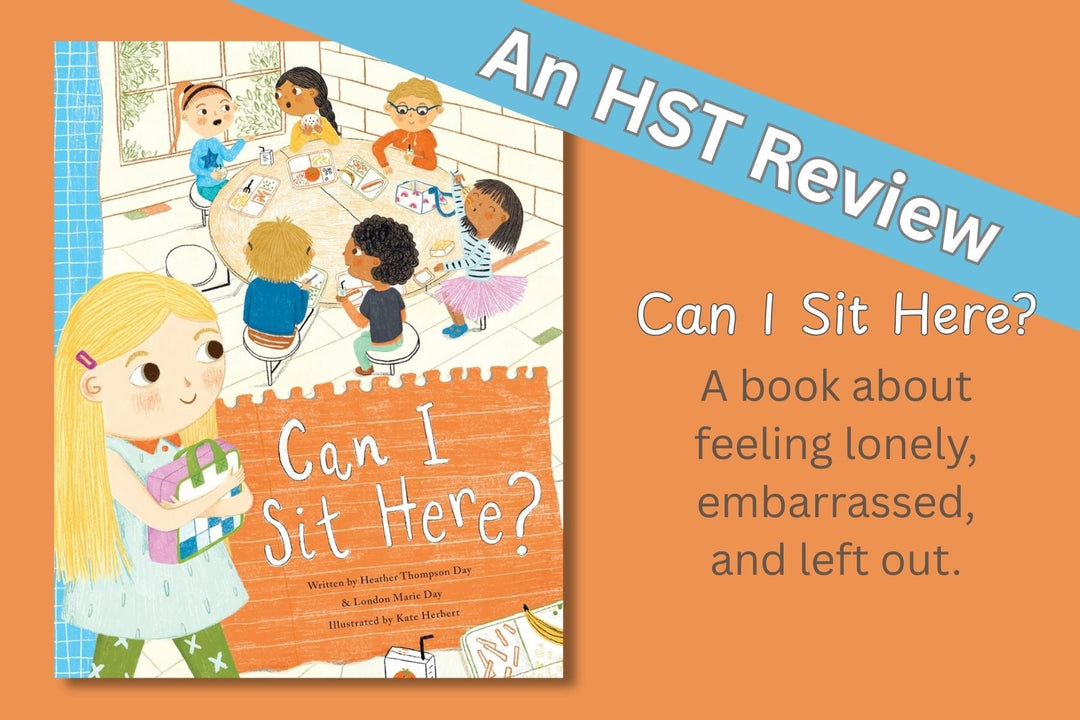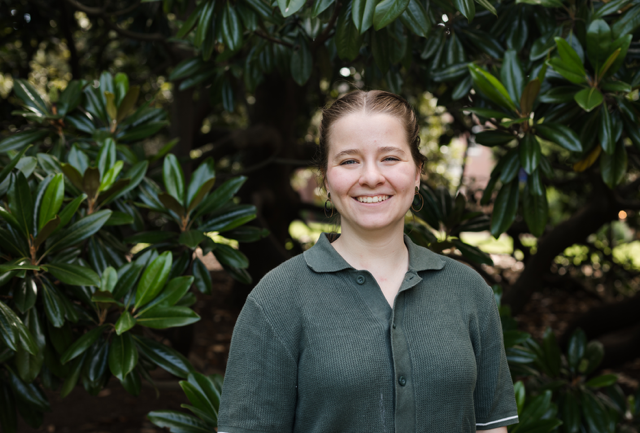Hands-On Geography: Every Home Tells a Story

Have you ever toured or seen a dwelling completely unlike your own? Most of us are fascinated by such houses, and kids enjoy seeing or hearing about how children from other times and places lived. Every culture and period has its own type of housing; by studying it, we learn about lifestyle, climate, topography, belief systems, living standards, even politics. These topics are included in the bigger subject of geography.
As you study history, take time to discover more about houses of the times. Help your children see the impact of where people live on how they live. Near water? In a desert? Nomadic or settled? Seeing structures they built indicates a great deal about their society.
 Kids will learn more when they can put themselves into the story, imagining what it was like to live a different lifestyle. In good weather, children can build outdoor houses and forts! This beloved activity for kids of all ages moves to the next level with the project below, with research first and consideration of what type of structure to build.
Kids will learn more when they can put themselves into the story, imagining what it was like to live a different lifestyle. In good weather, children can build outdoor houses and forts! This beloved activity for kids of all ages moves to the next level with the project below, with research first and consideration of what type of structure to build.
 Hands-On Activity
Build a model dwelling. Your children can make these structures simply with items like sugar cubes, pretzel rods, and building blocks or students can go all out and use a tent, sandboxes, or big cardboard boxes. Older students benefit from doing a little research before building. It would be helpful for them to see images of the housing they are trying to construct; you might do a Google Image search and print a few examples. Remember to take pictures when your children’s construction project is complete.
Questions for students to consider before building:
1. What am I building, and what was its purpose?
2. Who would have lived in (or used) it?
3. What was the weather like at its location?
4. What was the land like (rocky, marshy, hilly, etc.)?
5. What are the most important features I want to include?
6. What materials do I have that could represent or make this structure?
Hands-On Activity
Build a model dwelling. Your children can make these structures simply with items like sugar cubes, pretzel rods, and building blocks or students can go all out and use a tent, sandboxes, or big cardboard boxes. Older students benefit from doing a little research before building. It would be helpful for them to see images of the housing they are trying to construct; you might do a Google Image search and print a few examples. Remember to take pictures when your children’s construction project is complete.
Questions for students to consider before building:
1. What am I building, and what was its purpose?
2. Who would have lived in (or used) it?
3. What was the weather like at its location?
4. What was the land like (rocky, marshy, hilly, etc.)?
5. What are the most important features I want to include?
6. What materials do I have that could represent or make this structure?
 Do something new to surprise your kids. Have fun! You will never regret spending extra time and energy to make homeschooling memorable!
In 1991, Bob and Maggie Hogan began homeschooling their two young sons. The first years were exciting and challenging, but with little curriculum available, they had to work hard to find or develop their own materials. As they created materials that worked well for their family, Maggie began speaking and encouraging others at homeschool conferences. Her handouts grew longer until Bright Ideas Press was born. Bright Ideas Press promises to publish Christ-oriented, affordable, and easy-to-use curriculum that will fit into homeschoolers’ hectic lives. See their popular products, such as The Mystery of History series, All American History, Illuminations, and recently, WonderMaps, at Bright Ideas Press.
___________________________________
Do something new to surprise your kids. Have fun! You will never regret spending extra time and energy to make homeschooling memorable!
In 1991, Bob and Maggie Hogan began homeschooling their two young sons. The first years were exciting and challenging, but with little curriculum available, they had to work hard to find or develop their own materials. As they created materials that worked well for their family, Maggie began speaking and encouraging others at homeschool conferences. Her handouts grew longer until Bright Ideas Press was born. Bright Ideas Press promises to publish Christ-oriented, affordable, and easy-to-use curriculum that will fit into homeschoolers’ hectic lives. See their popular products, such as The Mystery of History series, All American History, Illuminations, and recently, WonderMaps, at Bright Ideas Press.
___________________________________
 Kids will learn more when they can put themselves into the story, imagining what it was like to live a different lifestyle. In good weather, children can build outdoor houses and forts! This beloved activity for kids of all ages moves to the next level with the project below, with research first and consideration of what type of structure to build.
Kids will learn more when they can put themselves into the story, imagining what it was like to live a different lifestyle. In good weather, children can build outdoor houses and forts! This beloved activity for kids of all ages moves to the next level with the project below, with research first and consideration of what type of structure to build.
 Hands-On Activity
Build a model dwelling. Your children can make these structures simply with items like sugar cubes, pretzel rods, and building blocks or students can go all out and use a tent, sandboxes, or big cardboard boxes. Older students benefit from doing a little research before building. It would be helpful for them to see images of the housing they are trying to construct; you might do a Google Image search and print a few examples. Remember to take pictures when your children’s construction project is complete.
Questions for students to consider before building:
1. What am I building, and what was its purpose?
2. Who would have lived in (or used) it?
3. What was the weather like at its location?
4. What was the land like (rocky, marshy, hilly, etc.)?
5. What are the most important features I want to include?
6. What materials do I have that could represent or make this structure?
Hands-On Activity
Build a model dwelling. Your children can make these structures simply with items like sugar cubes, pretzel rods, and building blocks or students can go all out and use a tent, sandboxes, or big cardboard boxes. Older students benefit from doing a little research before building. It would be helpful for them to see images of the housing they are trying to construct; you might do a Google Image search and print a few examples. Remember to take pictures when your children’s construction project is complete.
Questions for students to consider before building:
1. What am I building, and what was its purpose?
2. Who would have lived in (or used) it?
3. What was the weather like at its location?
4. What was the land like (rocky, marshy, hilly, etc.)?
5. What are the most important features I want to include?
6. What materials do I have that could represent or make this structure?
- Igloos served as temporary shelters during winter seal hunts and were perfect for nomads traveling over arctic terrain. Sleeping platforms and tables were made of snow. Burning embers and frozen blubber for whale oil lamps provided heat and light. Seal and caribou skins provided warmth. Make an igloo with sugar cubes.
- Roman houses often displayed small shrines dedicated to household gods. Villas for the wealthy impressed more than provided comfort; they were built of stone, marble, and concrete with rooms built around the perimeter opening to a central courtyard or patio. Surrounded by columned arcades, the open rooms and courtyards displayed paintings and ornaments. Living quarters tended to be smaller and less ornamental. The lower classes (peasant farmers and craftsmen) lived in modest houses constructed of sun-dried or kiln-fired mud bricks, with stone and dirt floors and beams of packed earth and branches. Have fun making a Roman house with Legos.
- The Zulu people of Africa built beehive-shaped huts near a stream. Furnishings were limited to grass sleeping mats with carved wooden headrests. A fireplace kept the hut warm but smoky. Woven saplings, covered with grass thatch and arranged in a circle, formed a pen for cattle. Make a Zulu hut outside with twigs, leaves, dirt, and such.
- In the late sixteenth century, the North American Iroquois tribes (now known as the Haudenosaunee people or Six Nations) built longhouses for large extended families. They were made of posts and poles covered with bark. The interior was divided into compartments for various family units, each of which had its own fire for light, cooking, and heat. Mats and furs covered the inside walls and benches. Build a longhouse with sticks and bark.
- Viking houses were sturdy farmhouses made of stone, wood, or turf to withstand heavy coastal weather. Simple long halls allowed sleeping, cooking, and eating in one big room. Lincoln Logs, anybody?
- The Aztecs of Mexico made homes of adobe (brick) with a single room divided into four equal parts: shrine, sleeping, food preparation, eating. They typically added a second, circular building for a steam bath. Try making an Aztec house from mud or clay.
- Anasazi cliff dwelling
- Castle
- Hampton Court Palace
- Nineteenth-century frontier log cabin
- Traditional Japanese house
- Wigwam, tepee, Chickee hut, and other Native American dwellings
- Home in Plymouth (Plimouth) Colony
- Greek city house
- European peasant hut (Middle Ages)
- Famous forts (Soldiers, and often their families, lived in many of them.)
- For the unusual, consider windmills, lighthouses, or space stations.
 Do something new to surprise your kids. Have fun! You will never regret spending extra time and energy to make homeschooling memorable!
In 1991, Bob and Maggie Hogan began homeschooling their two young sons. The first years were exciting and challenging, but with little curriculum available, they had to work hard to find or develop their own materials. As they created materials that worked well for their family, Maggie began speaking and encouraging others at homeschool conferences. Her handouts grew longer until Bright Ideas Press was born. Bright Ideas Press promises to publish Christ-oriented, affordable, and easy-to-use curriculum that will fit into homeschoolers’ hectic lives. See their popular products, such as The Mystery of History series, All American History, Illuminations, and recently, WonderMaps, at Bright Ideas Press.
___________________________________
Do something new to surprise your kids. Have fun! You will never regret spending extra time and energy to make homeschooling memorable!
In 1991, Bob and Maggie Hogan began homeschooling their two young sons. The first years were exciting and challenging, but with little curriculum available, they had to work hard to find or develop their own materials. As they created materials that worked well for their family, Maggie began speaking and encouraging others at homeschool conferences. Her handouts grew longer until Bright Ideas Press was born. Bright Ideas Press promises to publish Christ-oriented, affordable, and easy-to-use curriculum that will fit into homeschoolers’ hectic lives. See their popular products, such as The Mystery of History series, All American History, Illuminations, and recently, WonderMaps, at Bright Ideas Press.
___________________________________
This is an example of the wonderful articles and projects you'll find in every issue of Homeschooling Today Magazine.











